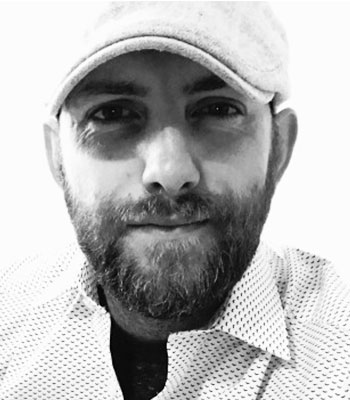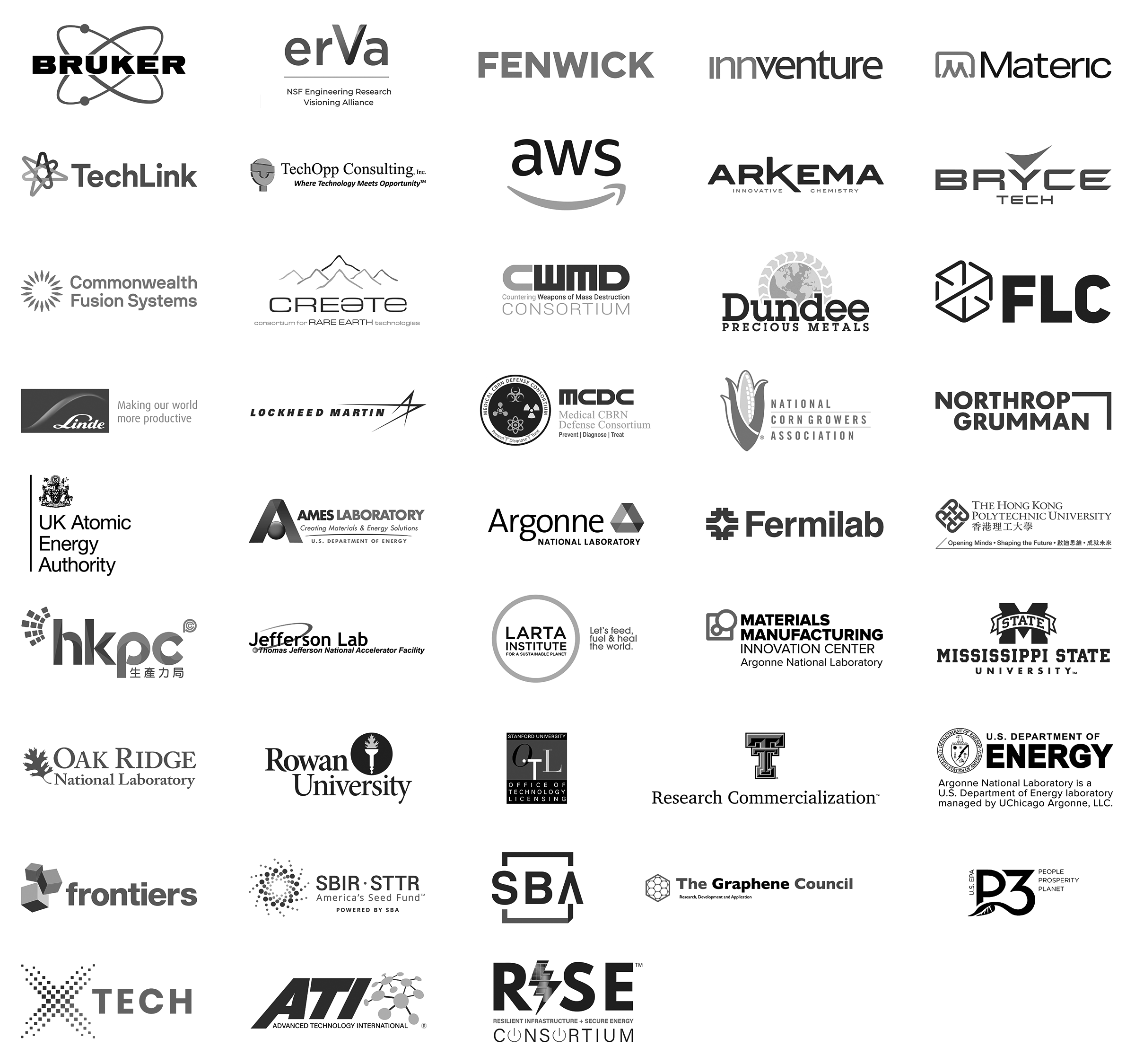Precision Health and Diagnostics

Symposium Co-Chairs
 Prakash D. Nallathamby
Prakash D. NallathambyAssociate Director of Research at the Berthiaume Institute for Precision Health
University of Notre Dame
Key Speakers
 NearWave Imager: The First Entirely Handheld Real-time Frequency-Domain Near-Infrared Spectroscopy Imaging System
NearWave Imager: The First Entirely Handheld Real-time Frequency-Domain Near-Infrared Spectroscopy Imaging SystemRoy Stillwell
CEO, NearWave
Precision health and diagnostics has revolutionized treatment regimens by replacing them with ones that are more effective, less toxic, and positively impact survival.
In efforts to improve the efficacy of diagnostic assays and therapeutic agents, precise molecular recognition of disease-specific markers remains a major hurdle. Achieving only ‘On-Target’ therapeutics will also require technologies beyond this one-size-fits all approach. Innovations in the development of instrumentation, imaging modalities, and spectroscopic techniques support and empower these approaches, enabling bias-free routes to achieve a holistic understanding and treatment of disease states with spatiotemporal precision. Point-of-use platforms seek to bring bioanalytical assays to the individual, thus enhancing the speed with which results are available to caregivers, to exert rapid changes in treatment regimens, to benefit their patients’ health and wellness. Seminal advances in the miniaturization of instrumentation has led to a growing range of smart, accurate, and low-powered, portable biomolecular diagnostics with the ultimate goal of rendering sensors capable of personalized bioassays supporting therapies targeted to the individual.
This session aims to highlight nanotechnology-enabled precision therapeutics/therapies or nanotechnology-based analytical platforms to guide treatment regimen, to benefit all populations.
Topics & Application Areas
- Precision therapeutics (to avoid off-target toxicity)
- Precision diagnostics (improved time to decision, improved confidence, improved detection)
- Precision biomedical imaging (in vitro or in vivo)
- Portable Point-of-use platforms for diagnostics (can be for monitoring human health or for monitoring environmental factors that will affect human health)
- Sensors (can be for monitoring human health monitoring or for monitoring environmental factors that will impact human health, SMART sensors)
To receive announcements and news, please join our mailing list.












